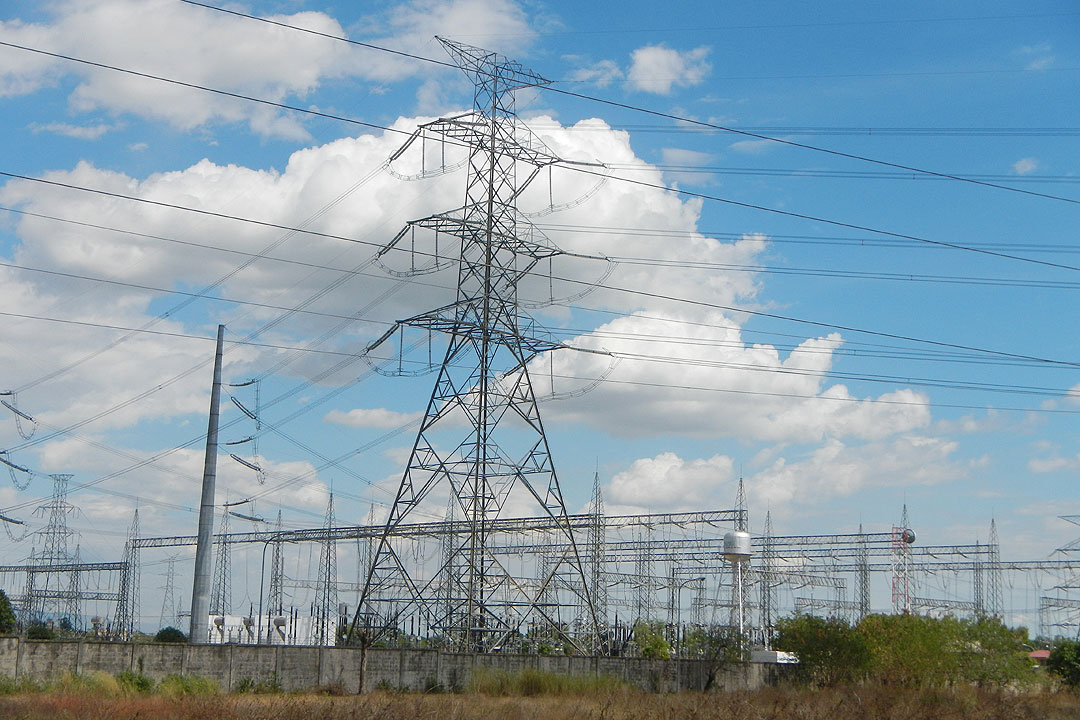New power projects to stabilize electricity supply in 2-3 years

THE Department of Energy (DoE) said the power supply is expected to stabilize over the next two or three years with the construction of new generating projects.
“We hope that this will remain stable not only this year but with incoming new power sources also in the next two to three years,” Energy Secretary Raphael P.M. Lotilla told reporters on the sidelines of an energy forum.
Mr. Lotilla did not discuss in more detail the power outlook for the year, other than to say that the DoE constantly revises its projections as various scenarios arise.
For 2023, the DoE had projected 15 yellow alerts for the Luzon power grid.
Last week, the DoE said that the Ilijan gas-fired power plant in Batangas started running at 600 megawatts (MW), which is expected to gradually increase to 1,200 MW.
The Ilijan power plant is deemed vital to the power supply. Its gas contract with operators of the Malampaya field expired in June 2022. The reopening of Ilijan comes after the successful delivery of liquefied natural gas.
The DoE is also set to conduct the auction for the second round of the green energy auction (GEA) program on June 19.
GEA-2 will have 11,600 MW in capacity on offer, with 3,600 MW allocated for 2024; 3,600 MW for 2025; and 4,400 MW for 2026. The GEA program aims to promote renewable energy as a primary source of energy through competitive selection of renewable energy output.
Separately, Danish Ambassador to the Philippines Franz-Michael Melbin said infrastructure development and streamlined policies are needed to accelerate the development of renewable energy sources in the country.
“Energy has a very long time span. And you need long-standing stable policies in the energy sector, to allow large-scale private investment to come in and be a backbone for your energy development,” Mr. Melbin said in another energy forum last week.
He said the Philippine transmission sector also needs to modernize to keep up with the new technologies coming in.
“The need for infrastructure to be able to keep up with the generation of variable renewable inputs. Having generated capacity is great, but you do need to make sure that the grid infrastructure… will actually allow this generating capacity to come on, but also to grow significantly,” he added. — Ashley Erika O. Jose



